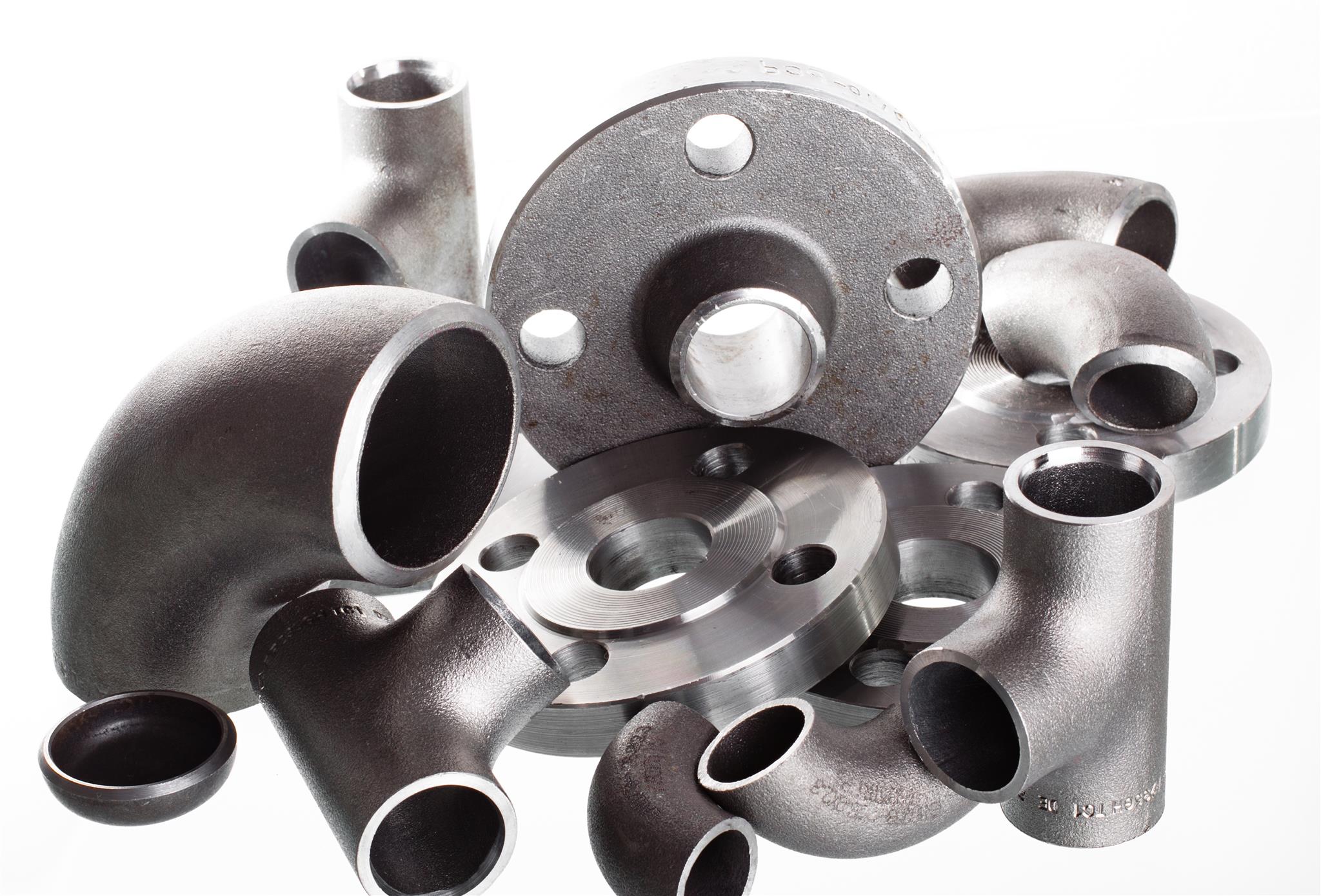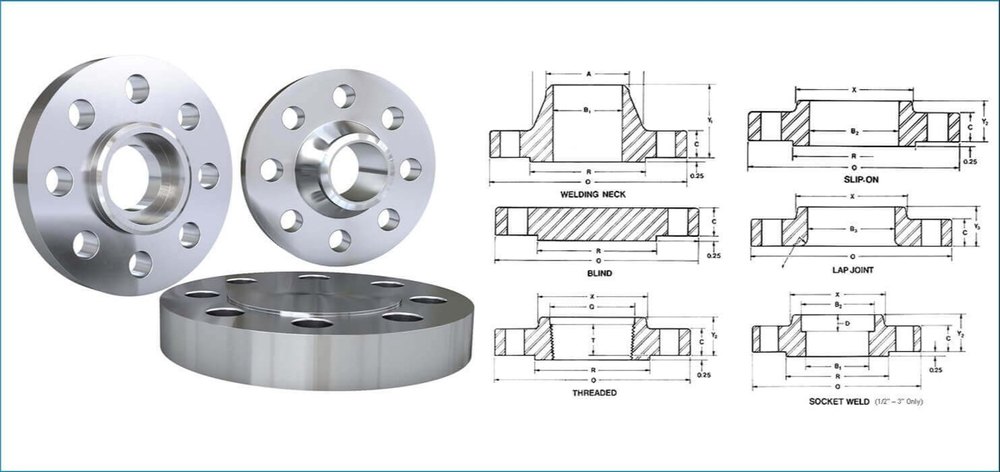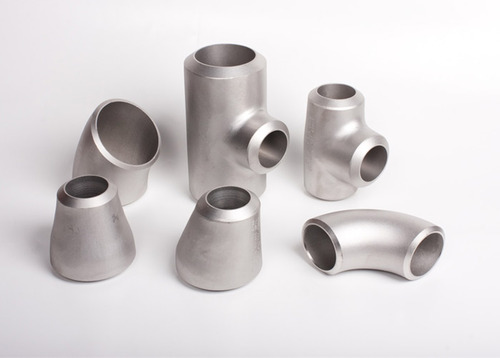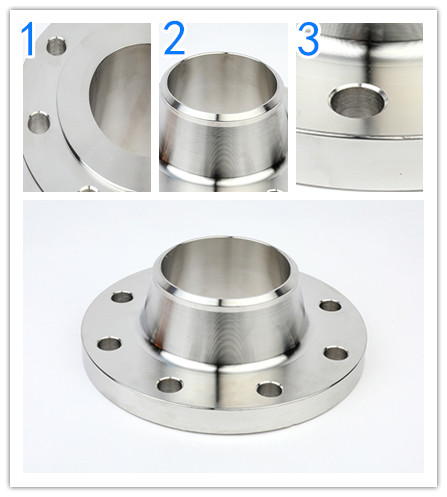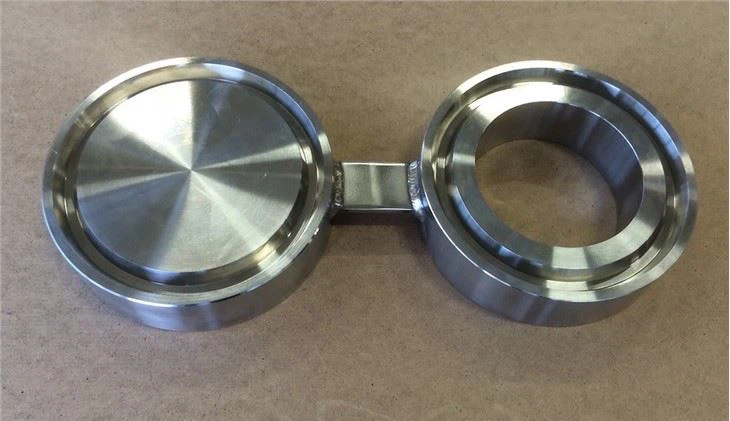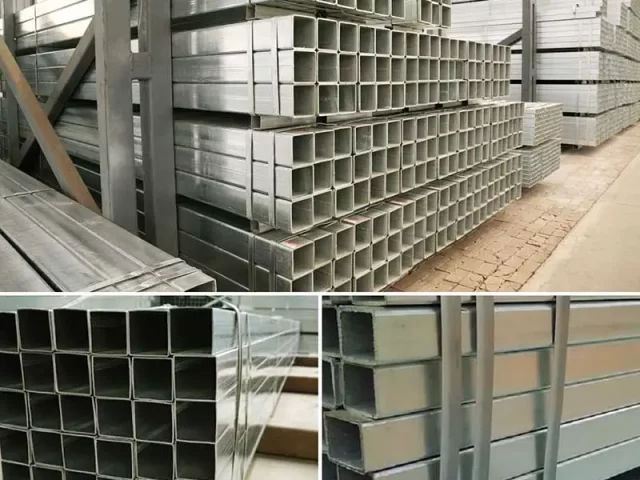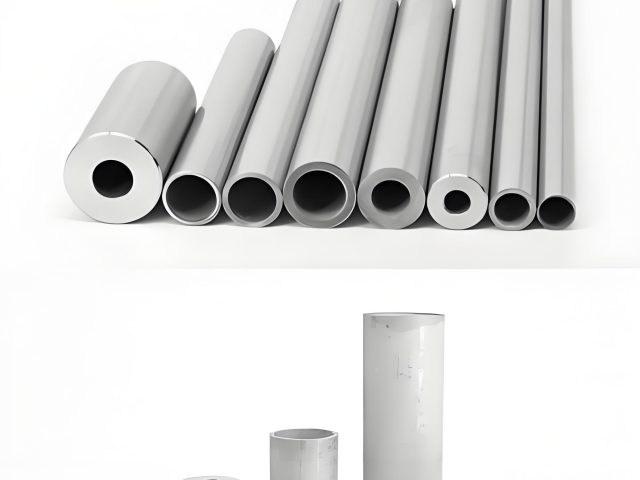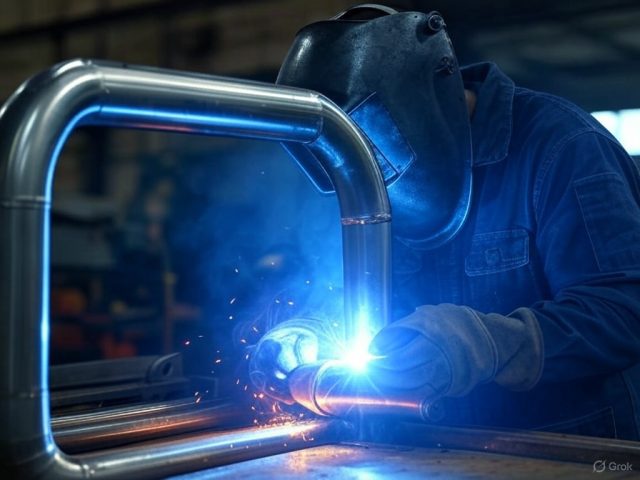Hot Induction Bend pipes : A Comprehensive Guide

Hot Induction Bends: A Comprehensive Guide
Introduction
Hot induction bends are an essential component in the field of piping systems. They play a crucial role in redirecting the flow of fluids through pipelines, ensuring efficient and seamless transportation of various substances. In this comprehensive guide, we will delve into the specifications, manufacturing standards, and value-added services associated with hot induction bends. Whether you are a professional in the industry or simply curious about this topic, this article will provide you with all the necessary information to understand the world of hot induction bends.
OLYMPUS DIGITAL CAMERA 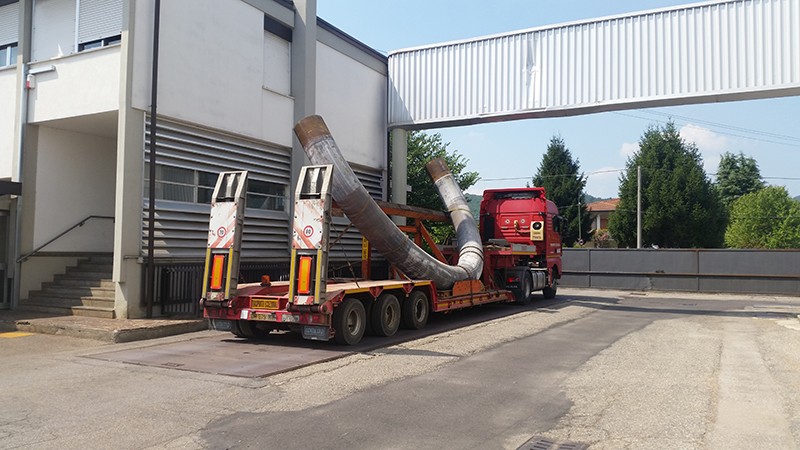
Specifications of Hot Induction Bends
Hot induction bends come in various specifications to cater to different requirements in the piping industry. Let’s take a closer look at some of the key specifications:
Pipe Diameter (O.D)
The pipe diameter for hot induction bends can range from a minimum of 2″ (60.3 mm) to a maximum of 60″ (1524 mm). This wide range allows for flexibility in designing and implementing piping systems.
Seamless Bend
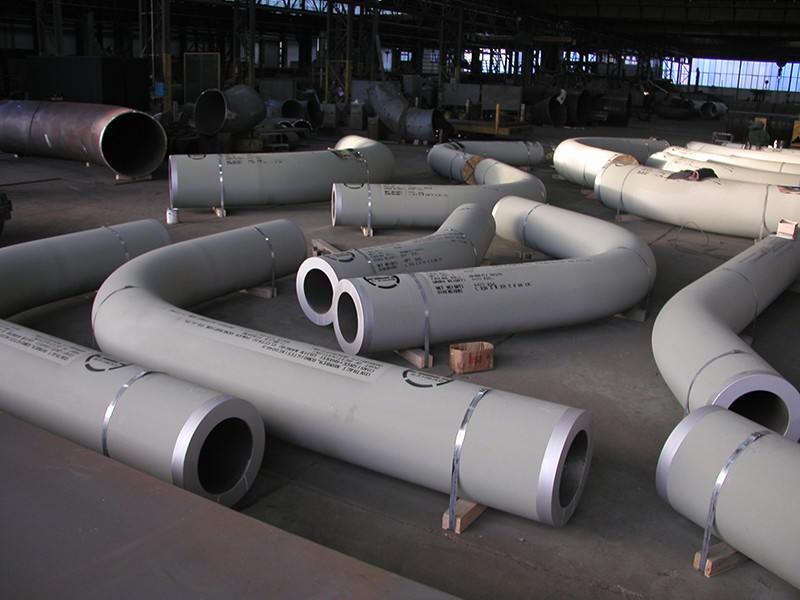
Seamless bends are available in sizes ranging from 1/2″ to 24″. These bends are manufactured without any welding, resulting in a smooth and continuous flow path.
ERW / Fabricated/ Welded Bend
For larger pipe sizes, ERW (Electric Resistance Welded) or fabricated/welded bends are used. These bends are available in sizes ranging from 2″ to 36″.
Radius
The radius of a hot induction bend can vary from a minimum of 100 mm to a maximum of 11000 mm. The choice of radius depends on the specific requirements of the piping system.
Wall Thickness
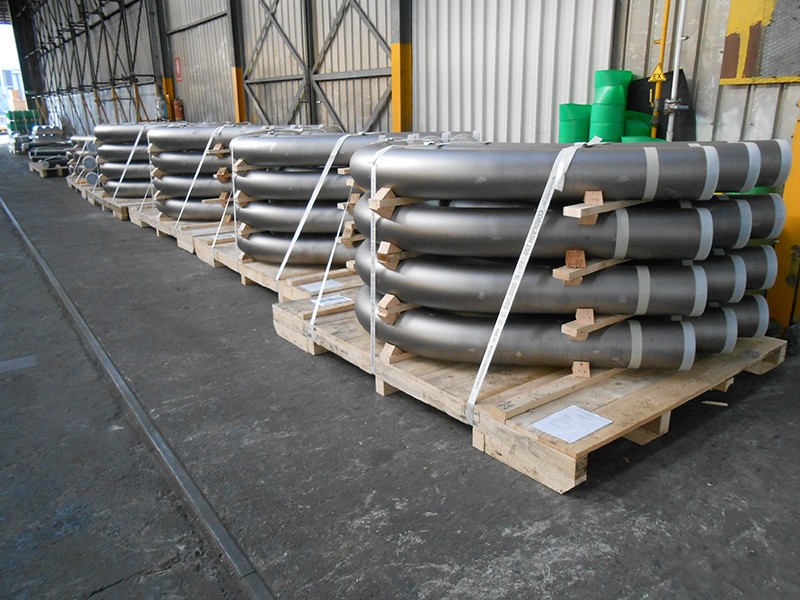
Hot induction bends can accommodate a maximum wall thickness of 200 mm. The available wall thickness options include 3mm to 40mm, as well as various standard schedules such as SCH5, SCH10, SCH20, SCH30, SCH40, STD, SCH80, XS, SCH60, SCH80, SCH120, SCH140, SCH160, and XXS.
Hot Bend Heating System
The maximum heating capacity of the hot bend heating system is 1030 KW. This ensures efficient and precise heating of the pipe during the bending process.
Bending Capability
The bending capability of hot induction bends is impressive, with a capacity of 15,000 metric tons per year. This high capacity allows for large-scale production to meet the demands of various industries.
Pipe Bend Radius
Hot induction bends are available in different bend radii, including R=1D, 2D, 3D, 5D, 6D, 8D, 10D, or custom radii. The choice of bend radius depends on factors such as the fluid being transported and the space constraints of the piping system.
Straight Length L
The straight length of a hot induction bend can vary between 300mm and 1500mm. This straight length is essential for proper installation and connection of the bend within the piping system.
Pipe Bend Angle
Hot induction bends can be bent at any angle between 0° and 180°. This flexibility allows for precise alignment and redirection of the fluid flow.
Manufacturing Standards for Hot Induction Bends
Hot induction bends adhere to various manufacturing standards to ensure their quality and compatibility with different piping systems. Let’s explore some of the commonly followed standards:
Materials of butt welding hot induction bends:
Carbon steel hot induction bends:
ASTM A234 WPB,S235,P235GH,ST35.8,ST37,SS400,ST20,C20,Q235
Stainless steel hot induction bends :
ASTM/ASME A403 WP304,WP304L,WP304H,WP304LN,WP304N
ASTM/ASME A403 WP316,WP316L,WP316H,WP316LN,WP316N,WP316Ti
ASTM/ASME A403 WP321,WP321H
ASTM/ASME A403 WP347,WP347H
Alloy steel hot induction bends :
ASTM/ASME A234 WP1,WP5,WP9,WP11,WP12,WP22,WP91
Low-temperature steel hot induction bends:
ASTM/ASME A420 WPL3,WPL6
High performance carbon steel hot induction bends:
ASTM A860 WPHY42,WPHY46,WPHY52,WPHY60,WPHY65,WPHY70
Hot Induction Bend Manufacturing Standards
Hot induction bends are manufactured in accordance with several codes and standards, including:
- DIN (Deutsches Institut für Normung)
- ASTM (American Society for Testing and Materials)
- ASME (American Society of Mechanical Engineers)
- MSS (Manufacturers Standardization Society)
- EN (European Norm)
- JIS (Japanese Industrial Standards)
These standards provide guidelines for the design, materials, manufacturing processes, and testing of hot induction bends.
Pipe Bend Standards
In addition to the manufacturing standards, there are specific standards for pipe bends, including:
- ASTM A403- ASME SA403: Standard Specification for Wrought Austenitic Stainless Steel Piping Fittings
- ASME B16.9: Factory-Made Wrought Fittings Buttwelding
- ASME B16.25: Buttwelding Ends
- ASME B16.28: Wrought Steel Short Radius Elbows and Buttwelding Returns
- MSS SP-43: Wrought and Fabricated Butt-Welding Fittings for Low Pressure, Corrosion Resistant Applications
- ASME B16.49: Factory-Made Carbon Steel Pipe Bend
These standards ensure the compatibility, durability, and safety of pipe bends in various applications.
Materials Used in Hot Induction Bends
Hot induction bends are manufactured using a wide range of materials to suit different operating conditions and requirements. Some of the commonly used materials include:
- Carbon Steel
- API 5L
–FAQ
- What is the maximum pipe diameter for hot induction bends?
The maximum pipe diameter for hot induction bends is 60″ (1524 mm). This allows for the transportation of large volumes of fluids through the piping system. source - What are the available bend radii for hot induction bends?
Hot induction bends are available in various bend radii, including R=1D, 2D, 3D, 5D, 6D, 8D, 10D, or custom radii. The choice of bend radius depends on the specific requirements of the piping system. source - Which manufacturing standards are followed for hot induction bends?
Hot induction bends are manufactured according to DIN, ASTM, ASME, MSS, EN, and JIS codes and standards. These standards ensure the quality and compatibility of the bends with different piping systems. source - What materials are used in the production of hot induction bends?
Hot induction bends are made from various materials, including carbon steel, stainless steel, alloy steel, duplex, nickel alloys, low-temperature steel, copper, cupro nickel, inconel, monel, hastelloy, and more. The choice of material depends on the specific application and operating conditions. source - What value-added services are available for hot induction bends?
Hot induction bends can be provided with value-added services such as epoxy and FBE coating, hot-dipped galvanizing, electro polish, sandblasting, threading, and soldering. These services enhance the durability and performance of the bends in different environments.
“The Art of Butt Welding Hot Induction Bends: Enhancing Strength and Durability in Pipeline Systems”
“Mastering the Technique of Butt Welding Hot Induction Bends: A Comprehensive Guide”
“Efficient and Seamless: Exploring the Benefits of Butt Welding Hot Induction Bends in Pipeline Construction”
“Hot Induction Bends: Unveiling the Process of Butt Welding for Superior Structural Integrity”
“Unlocking the Potential of Butt Welding Hot Induction Bends: Achieving Precision and Efficiency”
“Butt Welding Hot Induction Bends: Advantages, Applications, and Best Practices”
“Ensuring Seamless Joints with Butt Welding Hot Induction Bends in Pipeline Projects”
“Enhancing Pipeline Performance with Hot Induction Bends: The Role of Butt Welding Techniques”
“Optimizing Construction Efficiency with Butt Welding Hot Induction Bends: A Complete How-To Guide”
“From Theory to Practice: Mastering the Art of Butt Welding Hot Induction Bends for Pipeline Success”

